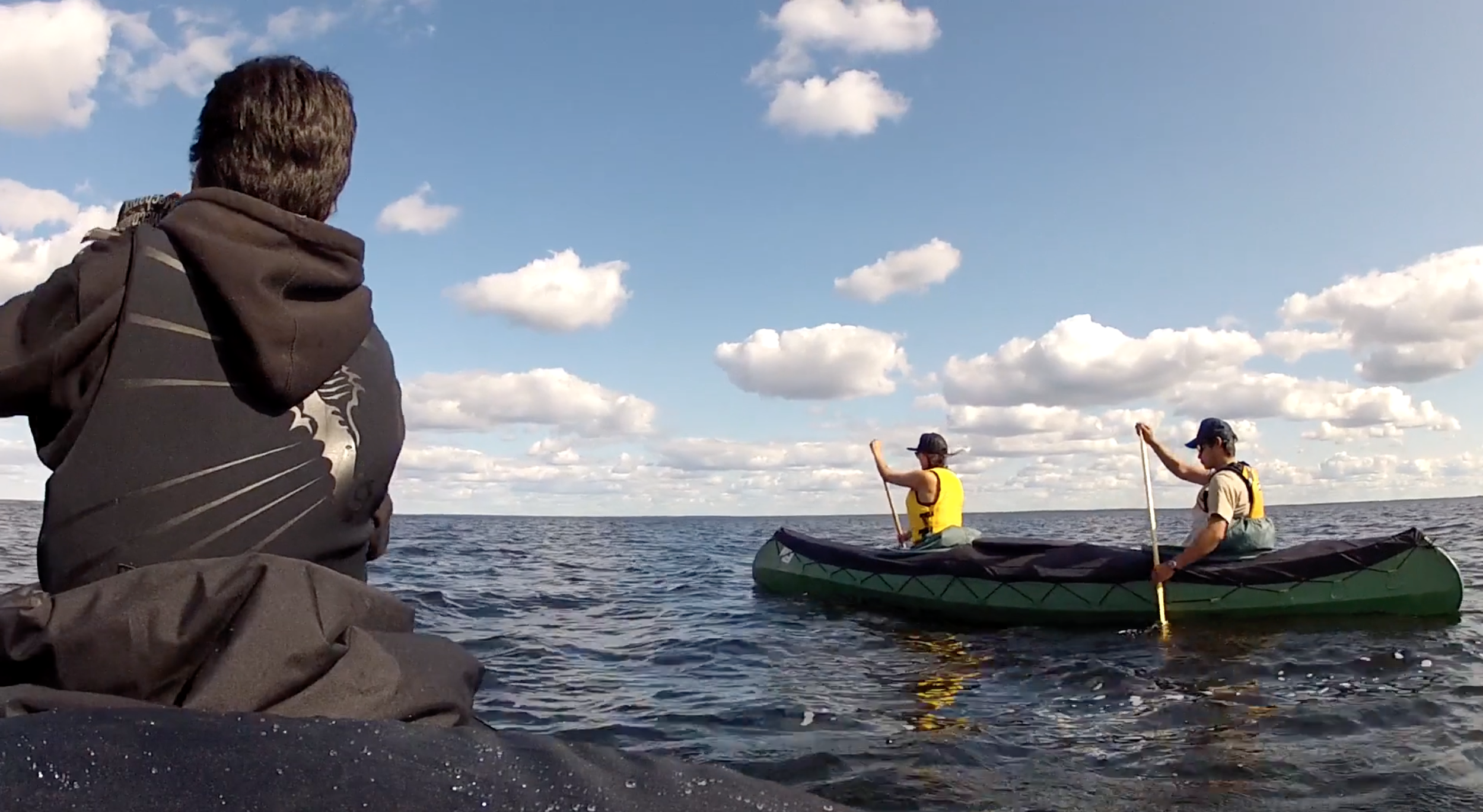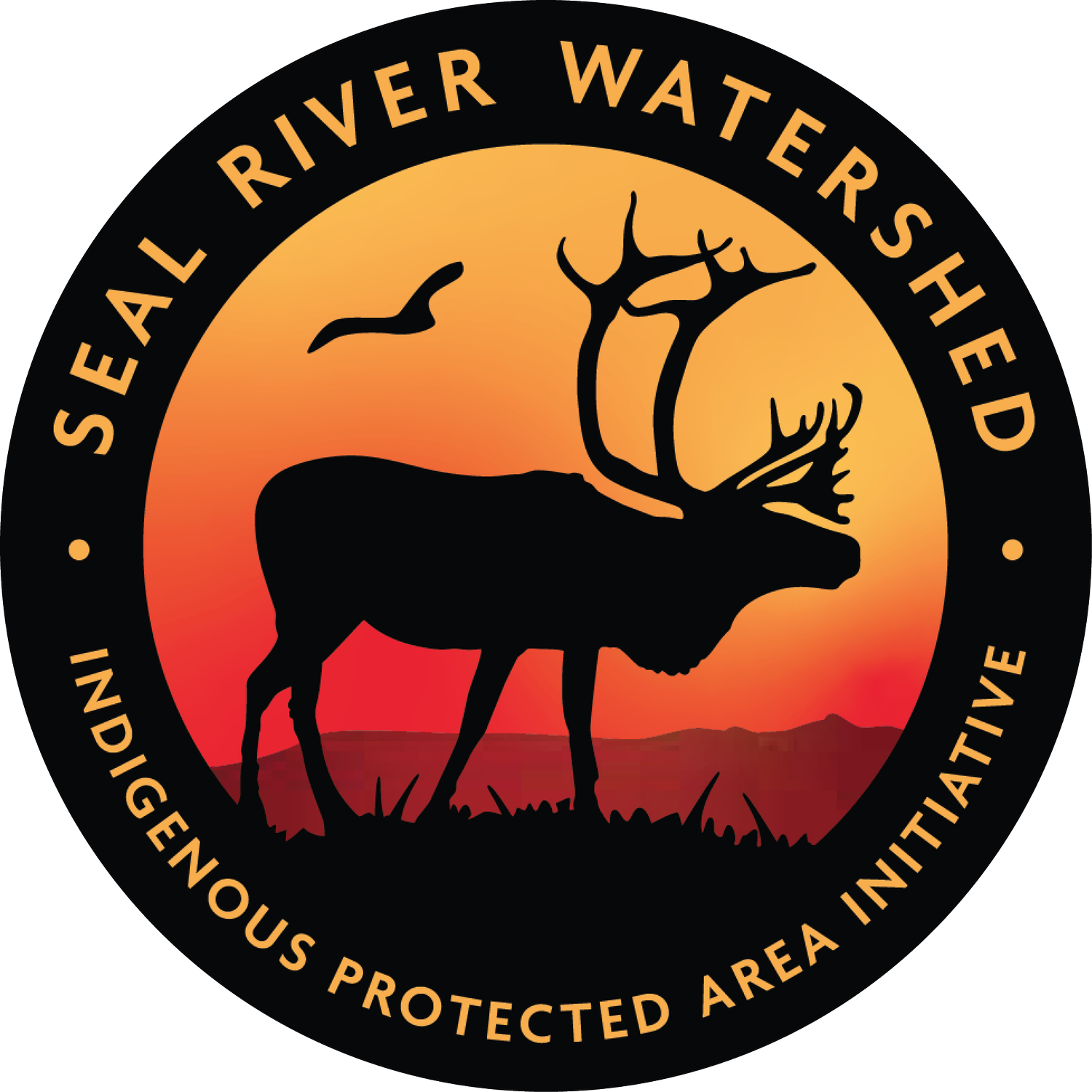
INDIGENOUS PROTECTED AREASIndigenous Peoples have been caring for lands and waters for millennia
Today many Indigenous Nations have added a new tool for stewardship work: Indigenous Protected and Conserved Areas.
Indigenous Protected and Conserved Areas sustain lands, waters and biodiversity and support Indigenous Peoples’ relationship with the territory. Indigenous Nations determine the lands and waters they want to include in the protected areas, often through extensive community planning. And Indigenous governments have the primary decision-making role for managing Indigenous Protected and Conserved Areas.
The federal government has pledged to support the development of many Indigenous Protected and Conserved Areas as it strives to help Canada advance reconciliation, fight climate change and meet its commitments to protect 25 percent of lands and fresh waters by 2025.
Federal and provincial governments can play supporting roles in managing Indigenous Protected and Conserved Areas, including providing funding and capacity building for Indigenous Guardians.

The Indigenous Circle of Experts
states that IPAs represent:
-
________
A modern application of traditional values, Indigenous laws and Indigenous knowledge systems
-
________
An exercise in cultural continuity on the land and waters
-
________
A foundation for local Indigenous economies opportunities to reconnect to the land and heal both the land and Indigenous Peoples
-
________
An acknowledgment of international law, such as Canada’s Treaties, UNDRIP, CBD and other relevant instruments and commitments
-
________
An opportunity for true reconciliation to take place between Indigenous and settler societies, and between broader Canadian society and the land and waters, including relationships in pre-existing parks and protected areas
-
________
An innovative expression of Section 35 (Constitution Act 1982).
Objectives and Priorities will vary,
however Indigenous Circle of Experts
asserts that IPAs should:
-
________
Promote respect for Indigenous knowledge systems
-
________
Respect protocols and ceremony
-
________
Support the revitalization of Indigenous languages
-
________
Seed conservation economies
-
________
Conserve cultural keystone species and protect food security
-
________
Adopt integrated, holistic approaches to governance and planning.
Learn more about
Indigenous Protected Areas in this report,
We Rise Together, by the Indigenous Circle of Experts.
“We need our land protected by our own people”
LINDA INGLIS NORTHLANDS DENESULINE FIRST NATION